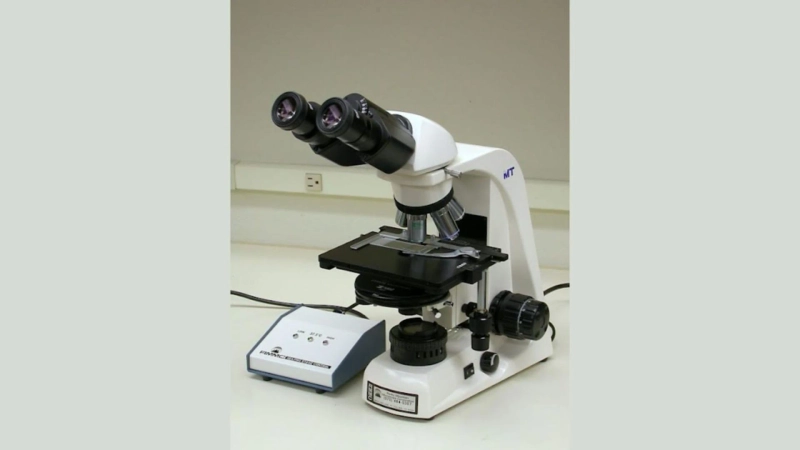When it comes to owning a microscope, many users ask, “How can I ensure my instrument keeps delivering reliable results over time?” The answer lies in proper Microscope Preventive Maintenance and professional Microscope Maintenance Services. Whether used in research, veterinary applications, or industrial settings, regular care can dramatically extend a microscope’s life and performance.
Let’s explore why preventive maintenance is not just an option, but a necessity. And how partnering with a trusted service provider can make all the difference.
Why Is Microscope Preventive Maintenance So Important?
Microscopes are delicate instruments with many moving parts and optical components that need routine care. Skipping maintenance can lead to problems like blurry images, mechanical jams, or even permanent damage.
Imagine a microscope used daily in a lab for semen evaluation or embryo transfer—small issues like dust buildup or misaligned lenses can compromise results. Regular maintenance catches these problems early, saving costly repairs and downtime.
But what does preventive maintenance include?
- Cleaning lenses and optical parts to remove dust and oils
- Lubricating mechanical components for smooth movement
- Checking illumination systems to ensure consistent lighting
- Verifying calibration for accurate focusing and measurements
- Inspecting cables, connectors, and electrical parts for wear
Many users are surprised by how simple steps, performed regularly, can keep their microscope in peak condition.
How Often Should Maintenance Be Done?
The frequency depends on the microscope’s usage and environment. For heavy daily use in demanding settings like clinical labs or animal research, a maintenance check every 6 months is advisable. For less frequent use, annual servicing may suffice.
Still, users should monitor their microscope’s performance and seek maintenance at the first sign of issues like dim lighting, difficulty focusing, or strange noises.
Choosing the Right Microscope Maintenance Services
While some cleaning can be done in-house, professional servicing is essential for thorough inspection and repair. Qualified technicians have the right tools and experience to handle delicate optical and mechanical parts safely.
Here’s what customers should consider when selecting a service provider:
- Experience and Specialization: Focus on companies dedicated to light microscopy, as opposed to broad electronic repair shops.
- Range of Services: Beyond cleaning, check if they offer calibration, alignment, and repair options.
- Customer Support: Friendly consultation before and after service helps ensure you get the best care.
- Local Availability: Quick turnaround is crucial to minimize downtime.
Spotlight on Rocky Mountain Microscope Corporation
A trusted name in the industry for over 49 years, Rocky Mountain Microscope Corporation (RMMC) provides personalized Microscope Maintenance Services tailored to light microscopy needs. They serve a wide range of fields, including veterinary applications, semen evaluation, and water quality analysis.
RMMC’s approach is rooted in direct consultation, ensuring customers receive equipment suited precisely to their needs. Their skilled technicians handle cleaning, alignment, and repairs with care, helping clients extend the lifespan of their microscopes.
What Sets RMMC Apart?
- Focus exclusively on light microscopes, guaranteeing specialized service.
- Emphasis on personalized customer service rather than a generic, “one-size-fits-all” model.
- No online shopping carts to encourage informed purchases through dialogue.
- Comprehensive maintenance programs designed to prevent issues before they arise.
Real-World Benefits of Regular Maintenance
Consider a veterinary clinic relying on a microscope for semen evaluation. When a microscope suddenly malfunctions, it can delay procedures and affect animal care quality. Routine preventive maintenance from a company like RMMC can avoid such disruptions.
Moreover, maintaining microscopes correctly safeguards investment value, an important consideration, especially during transitional phases like the retirement sales RMMC is currently managing.
Common Questions About Microscope Preventive Maintenance
Q: Can I clean the microscope myself?
A: Basic external cleaning is fine, but internal optics and mechanical parts should be serviced by professionals.
Q: How do I know if my microscope needs servicing?
A: Watch for dim illumination, difficulty focusing, or unusual sounds. If your results seem inconsistent, it’s time for a checkup.
Q: Is it expensive to maintain a microscope?
A: Regular maintenance is a cost-effective way to avoid major repairs. Think of it as an investment in your instrument’s longevity.
Final Remarks
In summary, Microscope Preventive Maintenance and Microscope Maintenance Services are vital for ensuring reliable, long-lasting performance. Regular upkeep not only prevents costly breakdowns but also guarantees that microscopes deliver accurate results day after day.
For users seeking dependable service and personalized care, Rocky Mountain Microscope Corporation remains a trusted partner. With decades of experience and a commitment to excellent customer support, RMMC continues to provide high-quality maintenance services focused on light microscopy.


